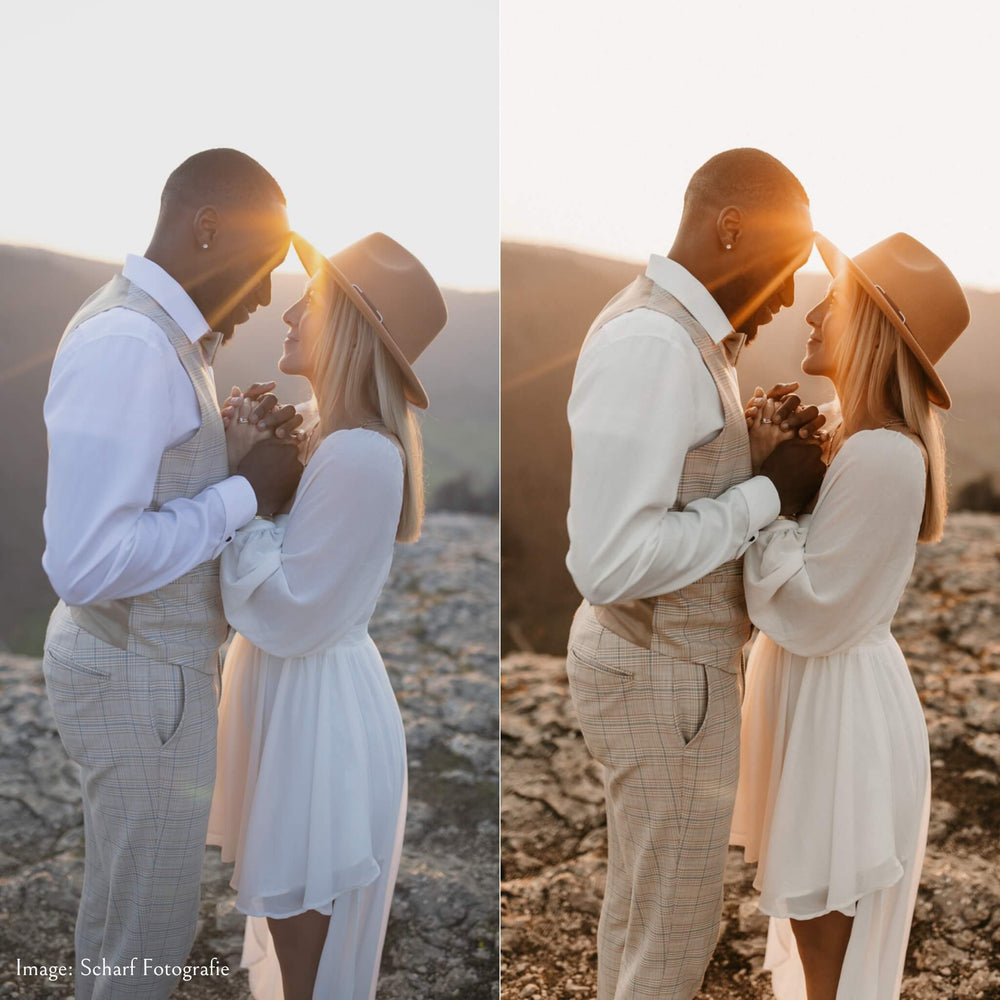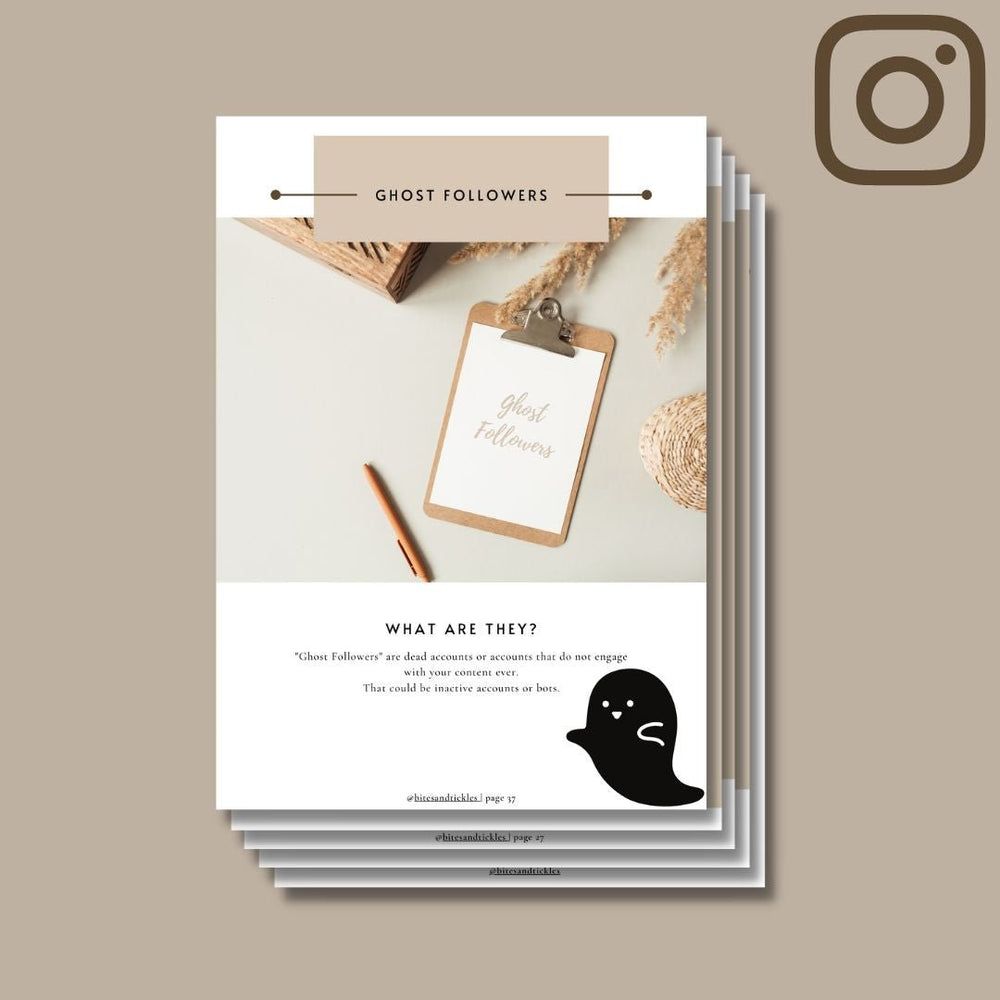The Importance of Diversity and Inclusivity in Photography: How to Represent Everyone in Your Work

As photographers, our job is to capture the beauty and uniqueness of the world around us. But are we really representing everyone in our work? The truth is, diversity and inclusivity are essential in the photography industry. Not only does it promote equality and social justice, but it also benefits your business. In this blog, we'll explore why diversity and inclusivity are important and provide actionable steps and recommendations for incorporating them into your photography work.
Why Diversity and Inclusivity are Important in Photography
-
Promotes social justice and equality: Photography has the power to highlight the unique experiences of all individuals, regardless of their race, ethnicity, gender, sexual orientation, age, ability, or any other characteristic. By embracing diversity and inclusivity, we can create a more accurate and authentic representation of the world we live in.
-
Benefits your photography business: Clients are increasingly looking for photographers who value diversity and inclusivity, and incorporating these values into your business can set you apart from the competition. According to a study by Getty Images, searches for "diversity and inclusion" increased by 133% in the past year. This means that clients are actively seeking out diverse and inclusive photography.
Steps for Incorporating Diversity and Inclusivity in Your Photography
-
Examine your own biases: It's important to recognize and challenge your own biases to create a more inclusive environment for clients and subjects. You can start by asking yourself questions such as, "Do I have any preconceived notions about certain communities or individuals?" or "Am I representing a diverse range of clients and subjects in my work?"
-
Educate yourself: To accurately represent marginalized communities, it's important to educate yourself on their experiences and perspectives. You can read books, attend workshops and events, and follow diverse photographers and organizations on social media.
-
Seek out diverse clients and subjects: Actively seek out diverse clients and subjects to represent in your work. You can reach out to community organizations, participate in diversity and inclusion initiatives, or offer your services to underrepresented communities.
-
Represent marginalized communities authentically: When representing marginalized communities, it's important to avoid stereotypes and tokenization. Instead, strive to represent them authentically and accurately in your work.
-
Create a welcoming environment for all clients: Create a safe and welcoming environment for all clients, regardless of their backgrounds. This includes using gender-neutral language, respecting clients' pronouns, and avoiding discriminatory behavior.
In conclusion, diversity and inclusivity are essential in the photography industry. By promoting equality and social justice and incorporating these values into your work, you can create a more accurate and authentic representation of the world we live in. Plus, it can benefit your business by attracting a wider audience and setting you apart from the competition. So, let's strive to represent everyone in our work and create a more diverse and inclusive photography industry.
Sources:
- Dixon, T. L. (2019). The Social Psychology of Bias in Photography. The Routledge Handbook of Social Psychology and Inequality, 337-352.
Blog image by shvets production, edited with our coffee collection presets









![[NEW] Clean Collection Presets Mobile - bitesandtickles](http://bitesandtickles-shop.com/cdn/shop/products/new-clean-collection-presets-mobile-256234.jpg?v=1685723321&width=1000)












Leave a comment